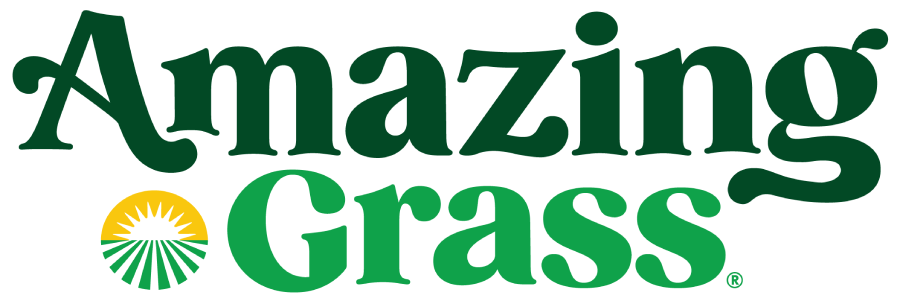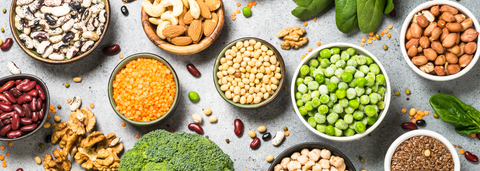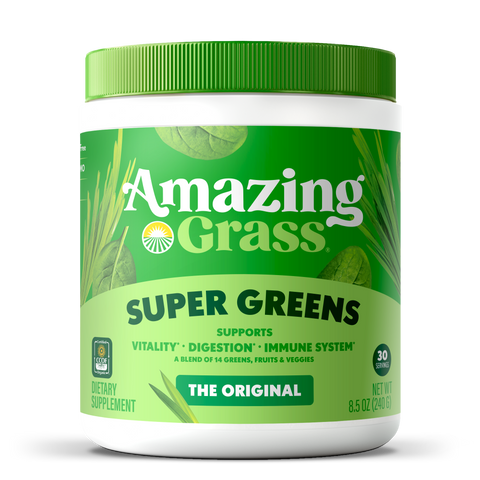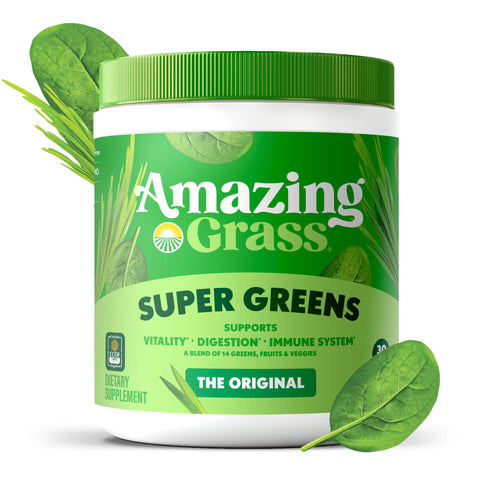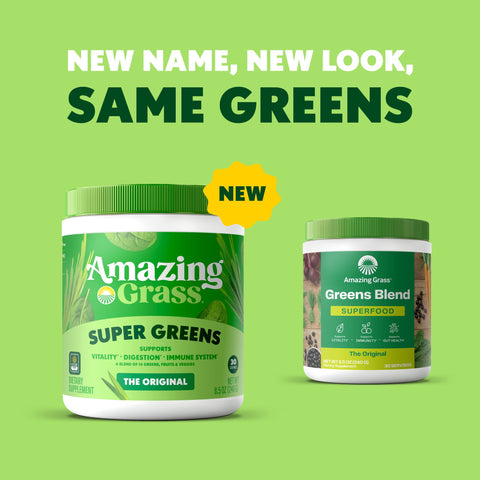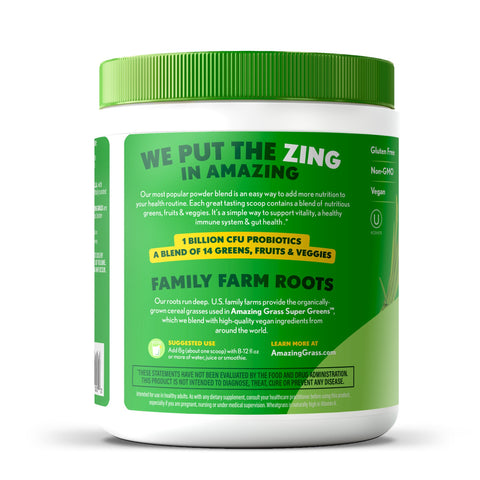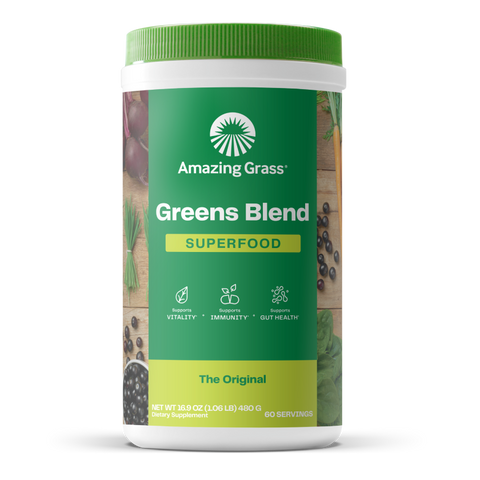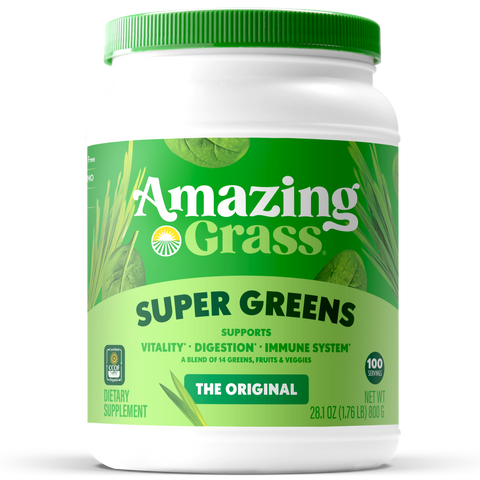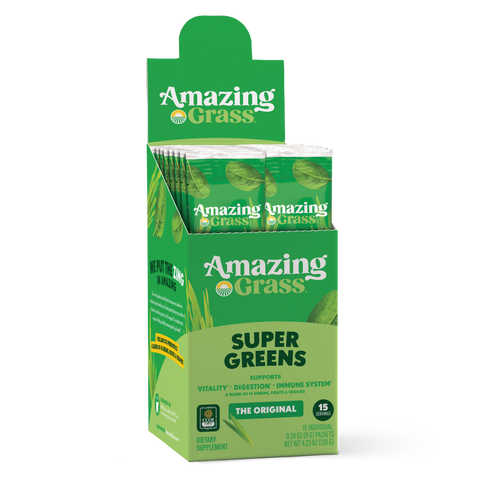Meat-LESS Does NOT Mean Protein-LESS
Going meatless, whether for environmental, cultural, or health reasons can be daunting, especially for meat lovers. The desire to consume nutritious foods without sacrificing taste is a top priority for most people. Although plant-based foods contain loads of nutrients, getting adequate protein can be a challenge for those on a plant-based diet.
Unlike animal proteins, most plant proteins are considered incomplete proteins because they lack one or more amino acids, the building blocks for proteins. However, eating a diverse whole food plant-based diet can provide your body with an adequate supply of all the essential amino acids for optimal health.
Want to stop running back to the meat aisle for lack of a good protein choice? Here are a few tips and strategies to help you eat less meat — and make your diet protein-rich.
Stock Up On Whole Grains
Whole grains are not only a great source of protein, they are also rich in fiber and other vital nutrients. The fiber component is essential because this gives you a satiety benefit- helping you feel full for longer hours. So you don’t have to worry about overeating.
Quinoa is a complete protein with all the essential amino acids. Other common whole grains include brown rice, oats, rye, buckwheat, and Kamut. You can also eat whole grain pasta, whole wheat bread, and whole wheat pita.
On average, most whole grains provide you with six grams of protein per serving. Add whole grains such as quinoa to salads, to stews and soups, or use it as a base for breakfast porridge.
Eat More Pulses
In addition to grains, pulses can be a significant addition to your diet because they contain a lot of proteins. Pulses are the edible seeds of plants in the legume family. Commonly used pulses include chickpeas, lentils, peas, and beans.
Beans are a tasty substitute for some meat-centric recipes. For example, you can fill tacos with black beans instead of beef, add kidney or black beans on salads in place of chicken, or substitute lentils for ground beef when making pasta sauce.
You can also enjoy pluses as a snack, a side dish, a base for vegetables, or sprinkle them on salads.
Consider Nuts and seeds–and their butters
Whether you’re snacking on them or adding them into your recipes for a creamier flavor and texture, nuts and seeds are a great way to add more protein to your meatless diet.
Nuts and seeds that are high in protein include hemp, sunflower seeds, chia seeds, almonds, pistachio, walnuts, and cashew nuts. Not forgetting hummus, almond butter, cashew butter, and peanut butter.
Since nuts have a high-fat content — which equates to more calories, you should watch your portions. Eat about four to six servings of nuts and seeds a week. Always choose dry or roasted nuts over nuts cooked in oils.
You can bake the nuts and enjoy them as a snack, add them to a dessert dish, sprinkle them into a salad, or grind them and add to soups and sauces.
Embrace Soy proteins
Tempeh, tofu, and edamame are some of the richest sources of protein in a plant-based diet. They are loaded with essential omega-3 fatty acids, which offer several health benefits. It’s always better to go for organic non-GMO soy products.
Tofu and tempeh are pretty bland, and they can soak up the flavors of whatever they’re cooked with. This makes them very versatile, with lots of cooking options.
You can use both tempeh and tofu to make veggie burgers, layer them into sandwiches, or add them to your grain bowls.
Plant-based Protein Powders
Fundamentally, eating whole plant-based foods is the best way to get proteins. However, if you’re not getting adequate proteins, then adding a high quality plant-based protein powder to your diet can be very helpful.
Besides providing you with enough protein, plant-based protein powders offer other health benefits such as keeping you full for longer, improved gut and digestive health.
A good plant-based protein powder should contain a blend of varied organic plant protein sources and be free from preservatives and fillers. Check out our Amazing Grass Plant Protein for an easy, and no-prep way to increase your daily protein intake.
Add your protein powder to a smoothie, oatmeal, pancake mix, or a homemade salad.
Simply reducing the amount of meat in our diet will have a significant impact, both for the environment and our health. Thankfully, there are plenty of easy ways to start eating less meat and more plants, without cutting out meat entirely. By trying out some of these simple alternatives, you can easily shift the balance of your diet and start on a new you in 2023.
